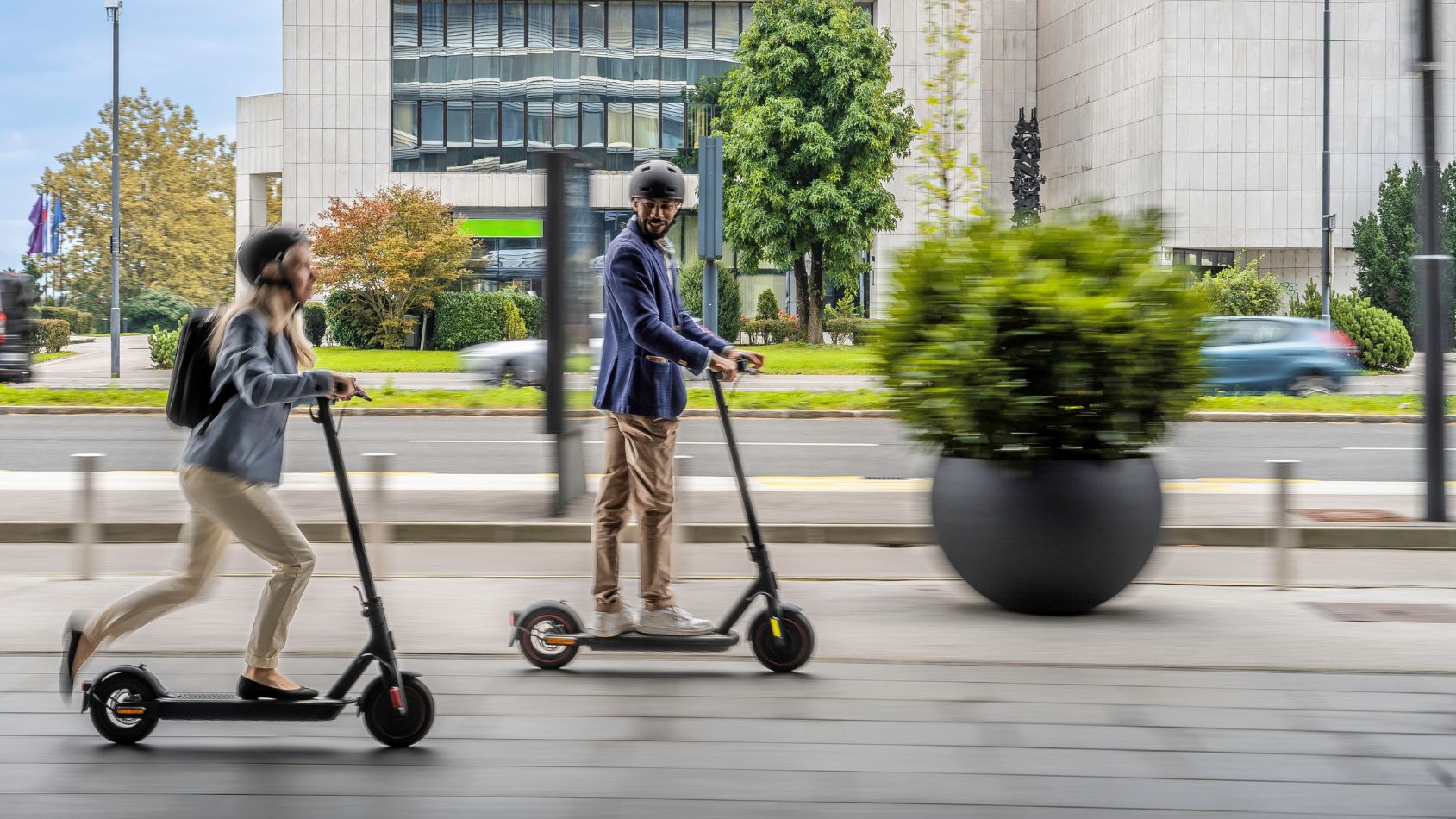In recent years, the topic of sustainable mobility has become increasingly central to the agendas of Italian cities and beyond. To tackle challenges related to pollution, urban traffic, and road safety, the SUMP – Sustainable Urban Mobility Plan – has emerged as the main tool for modern, integrated planning.
Initiated by the European Union and adopted in Italy since 2017, the SUMP promotes a strategic approach that positively impacts citizens’ quality of life and the efficiency of urban mobility.

What is the SUMP: definition and objectives
According to the official definition by the National SUMP Observatory, the Sustainable Urban Mobility Plan is “a strategic planning tool that promotes sustainable, integrated, accessible, and multimodal urban mobility aimed at improving the quality of life.”
Unlike traditional traffic plans, the SUMP adopts a long-term vision (10 years), addressing mobility in a cross-cutting manner, with the aim of combining economic growth, environmental protection, and social inclusion.
Among the main strategic objectives are:
- decarbonization: reducing greenhouse gas emissions through enhanced public transport, electrified mobility, and the use of alternative means such as bicycles or electric scooters;
- accessibility: ensuring safe and easy travel for everyone, regardless of age, income, or physical condition;
- urban quality: promoting more livable public spaces by reducing congestion, noise pollution, and accidents.
The distinctive feature of the SUMP is its participatory approach: all decisions are made by actively involving citizens, local authorities, and businesses, to build a plan that truly reflects the needs of the community.
How the SUMP works
Planning a SUMP follows a structured cycle that ensures consistency between goals and outcomes, and includes the following phases:
La pianificazione di un PUMS si sviluppa attraverso un ciclo strutturato, che assicura coerenza tra obiettivi e risultati articolandosi nelle seguenti fasi:
- context analysis: collection and assessment of data on traffic, pollution, road safety, and daily mobility;
- goal setting: based on environmental, economic, and social indicators;
- scenario and action development: targeted interventions such as creating LTZs (Limited Traffic Zones), bike lanes, efficient public transport, or smart mobility systems;
- monitoring and evaluation: measurable indicators are used to update and improve the plan over time.
The SUMP does not act in isolation: it is designed to align with urban planning tools and with the goals of the NRRP and European funding programs.
As mentioned, direct citizen involvement is also key, activated through public consultations, online surveys, participatory meetings, and digital tools for reporting issues.
This inclusion makes the plan more effective and increases public acceptance.
Why the SUMP is important for Italian cities
SUMPs are a decisive lever to improve urban mobility and make Italian cities more sustainable, competitive, and above all safer.
Among the most significant results a well-structured SUMP can generate are:
- reduced air pollution thanks to enhanced public transport, promotion of active mobility, and introduction of electric vehicles;
- decreased urban traffic through shared mobility solutions and reorganization of public spaces;
- social inclusion: a sustainable mobility system allows everyone to travel safely, accessibly, and affordably;
- road safety: SUMPs enable the design of safer infrastructure and integration of smart technologies.
These very smart technologies are becoming increasingly central to SUMPs, as they allow for targeted and effective interventions.
In this context comes Safe Join: a road mirror designed to ensure maximum visibility in all weather conditions thanks to an active anti-fog and anti-ice system powered by an integrated solar panel.
A concrete solution to increase safety and support sustainable mobility in an innovative and participatory way.
SUMP for small municipalities
Although SUMPs are only mandatory for cities with over 100,000 inhabitants, even small municipalities can – and should – adopt them as a planning tool to improve local mobility quality. In towns with fewer than 10,000 inhabitants, challenges are common: technical and financial resources are often lacking, it is difficult to collect reliable data, and mobility is heavily dependent on private cars.
Despite these challenges, simple and sustainable solutions exist that allow even small towns to start an effective SUMP. Measures such as the introduction of smart road safety devices, light pedestrian and bike paths, on-demand transport services, or sustainable school mobility plans can make a big difference.
How to develop a successful SUMP
Creating an effective SUMP requires a clear vision and a well-coordinated process among all components of the public administration.
Key factors include:
- coordination among departments: urban planning, environment, transport, social services, and digitalization must work together;
- use of smart technologies: innovative tools like Safe Join can improve road safety;
- access to EU funds and NRRP resources: many resources are available to finance sustainable mobility projects. A well-written SUMP increases the chances of obtaining funding through national or EU calls.
The success of a plan does not depend solely on its technical quality, but also on the ability to engage with the community and respond flexibly to social, environmental, and economic changes.
How to make cities more livable
The SUMP represents a concrete strategy for improving urban livability. By reducing traffic and promoting more sustainable mobility, cities become quieter and more accessible for all segments of the population.
Thanks to its self-sustaining power source, Safe Join is a valuable ally for administrations seeking to innovate without large-scale invasive works. Find out how to request it and help make your city safer.